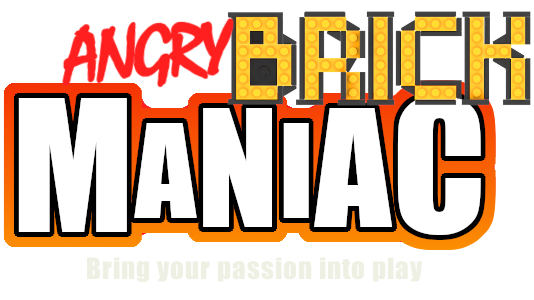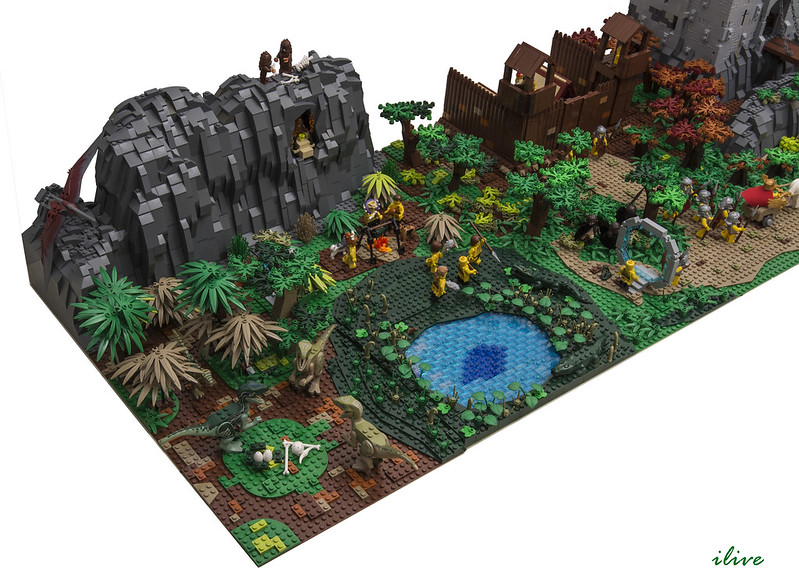Readers, I hope you’ve been gathering your LEGO, because we’re about to jump right into this installment of TTRPG (tabletop roleplay gaming) world building with bricks – no dilly-dallying. You won’t want to miss out on these tips that will help strengthen the world you’re building.
Need to Catch up?
Go back and check out the previous blog on this topic.
Alright, so to recap: last time we talked about quests. Now let’s talk about the region around your first town – the place where those first quests will probably happen. Get ready – we’re branching out, readers!
Let’s start out simple, as usual. When creating your first town, you probably thought – at least for a moment – about where it’s located. If you played a session or two already, you probably had to describe to your players about what they can see around the town too.
So it’s pretty likely that, by this point, you personally have a rough idea about the lands around your town in your world. Let’s return to Mammoth’s Rest, for example. In our imagination, since this place was first built specifically to hunt mammoths, let’s assume it is somewhere pretty cold. There’s probably flat land around the town, maybe a small forest or two, a river…
Okay, great.
What I mentioned there is enough information, at least to start with – remember folks, for the purpose of this study, we’re keeping it simple. However, here’s where I’ll make a suggestion that is definitely not that “simple”: Make a map.
Why use a Map in Your Tabletop RPG World Building?
Now maps are a staple of tabletop RPGs and the sci-fi and fantasy genres in general. And they are a staple because they’re useful – you miss out on a great experience when you try to follow the journey of the Fellowship in the Lord of the Rings without a map to see where they’re going.
Of course, I don’t mean to make a poster-size map with beautiful watercolors. If you have the kind of money or talent needed for that, by all means go ahead, but it’s really not necessary for our intent.
What you can do instead is make a simple sketch or use a website like Inkarnate, which helps you craft a map online (and yes, Inkarnate has a free version available).
This map basically functions as a visual aid, especially for your players who may not have the strongest visualization abilities. It’s useful to tangibly describe where your players are going, and to keep important places in mind as the game progresses. If you want to get specific, you can make a scale for it and use it to calculate travel times for the players, but you don’t need to do that. Rough estimates are fine for many gameplay sessions.
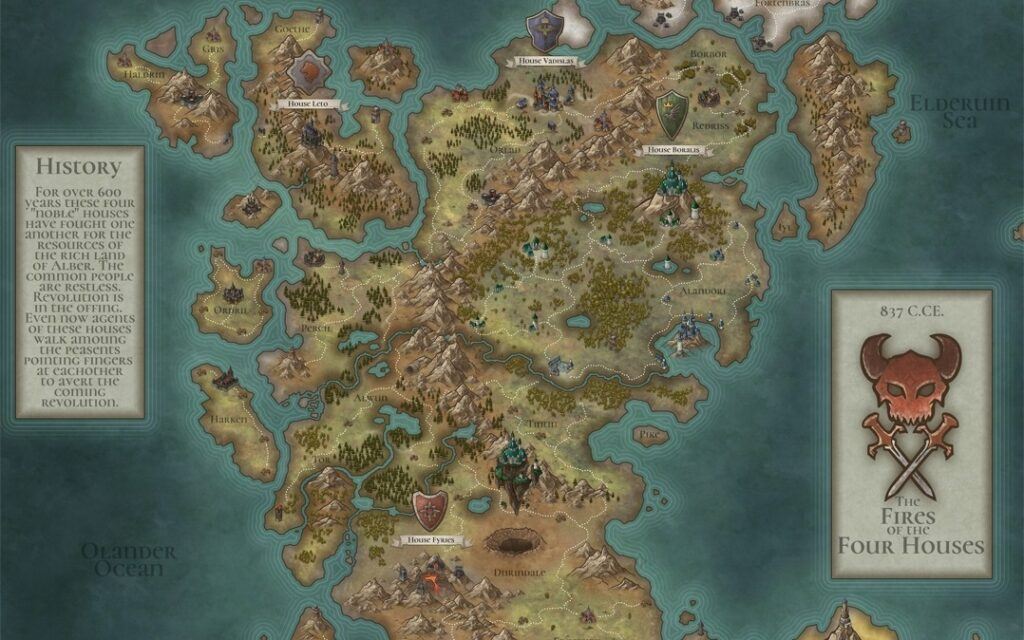
So, make a rough map of your starting area – put the starting town in the middle and come up with the surrounding terrain features. For Mammoth’s Rest, let’s have a river running east to west right to the north of town, a small forest to the southeast and some hills northwest of town.
Using the map, you can pinpoint just where your quests are located. So for example, remember the blacksmith of Mammoth’s Rest who asked for some rare ore? That will probably be located in those hills we just pinpointed here.
How Civilized Should a Fantasy RPG World Be?
Now, this region around your first town needs to be populated. There are animals and beasties, of course. Those depend on the environment you’ve chosen for your starting region – don’t go putting camels in a tundra, guys.
But there should also be other points of civilization. Nothing as large as the starting town for now. But it would be strange if there was only a single place where people lived for miles on end. It isn’t really realistic or immersive, and it also won’t help you later on when you want your players to travel, and you’ll then have to describe them walking for days. BORING! Also, more points of civilization means more potential for conflict and interaction between settlements, which is always good for expansion potential.
Of course, if you’re playing a game with a focus on the hostility of the natural world, or an exploration game, or something where humanity is besieged on all sides, you might want to keep only the starting town after all. It depends, but usually it’s best to add a bit more stuff to play with.
What NPC Characters Should Populate a World?
So the time has come to figure out other communities. Once more, let’s keep it as simple as possible at this juncture.
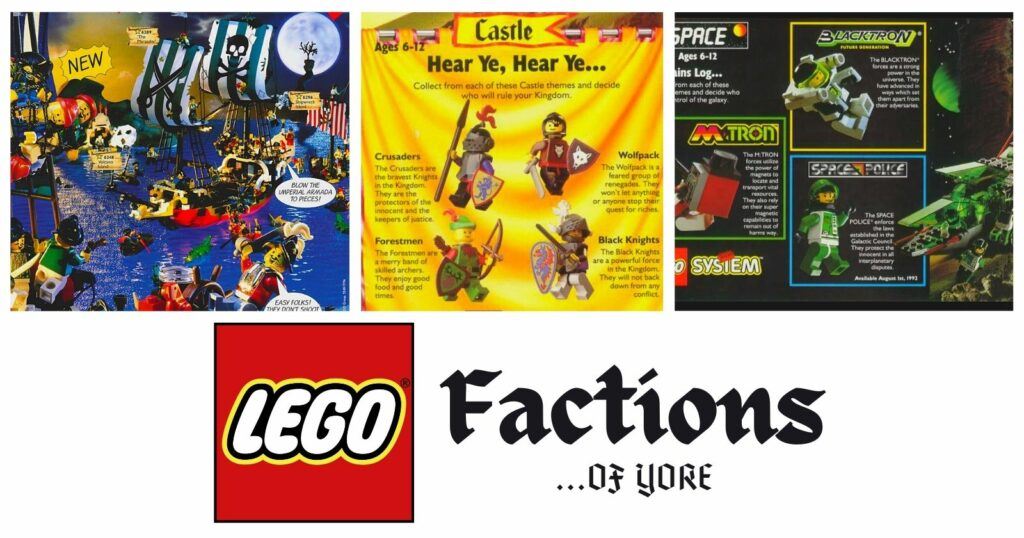
A good rule to follow is this: You should have at least one friendly and one hostile faction near your starting town. If you’re feeling confident, you can make more, or you can make a faction that’s more morally grey. But to start with, a “good” and a “bad” faction is the way to go when you first start out in world building.
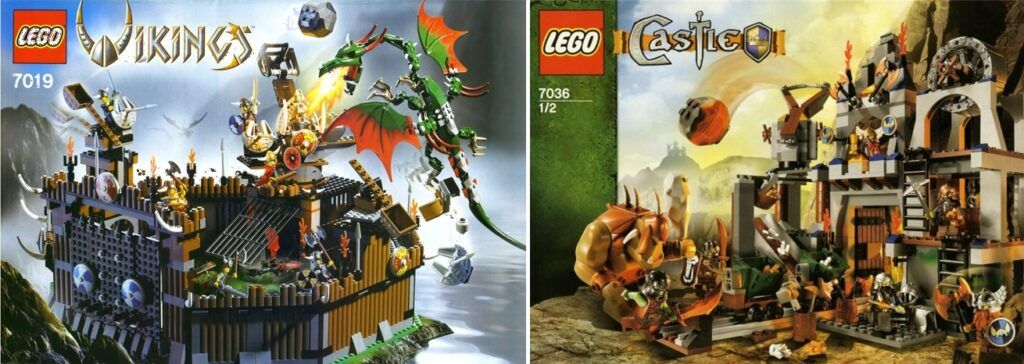
These don’t need to be particularly big factions – they’re not the organizations that might have a continent-wide reach, but they could be connected to them.
Create a Bad Faction
Let’s take the bad faction, for example. For the purposes of Mammoth’s Rest, and to link the faction with some of the quests I mentioned in the previous blog, let’s say this is a large group of bandits, operating out of a secret hideout in the hills north of the city.
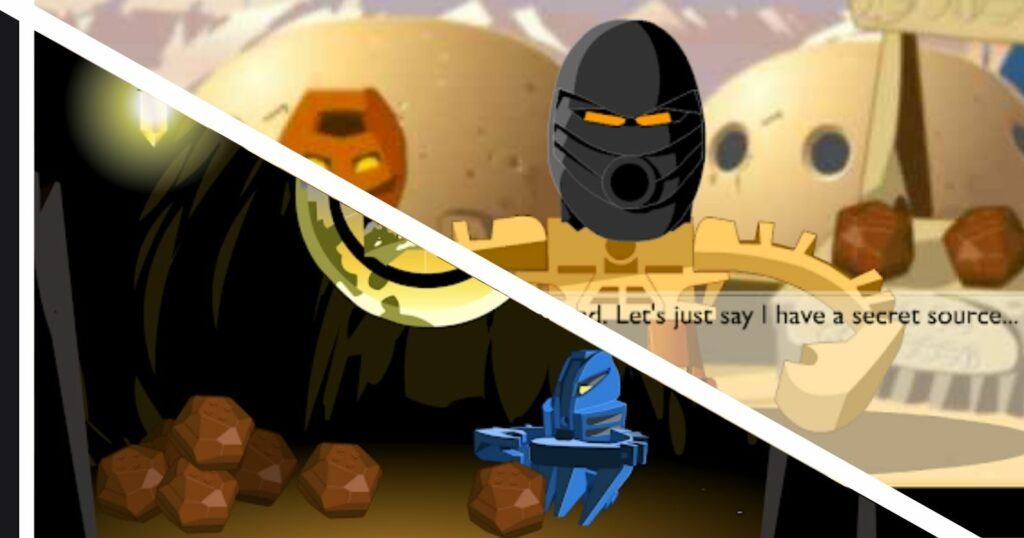
What you need to do for your own “bad” faction is to figure out its leader and the faction’s goals. Let’s say the leader is a man named Bran, a tall Neanderthal-like figure who enjoys battle more than anything. As for goals, these are bandits – they probably want to amass wealth by looting and plundering.
That’s just a quick example of course. You may quickly find that you want to give your faction something more complex in terms of motivation. Perhaps the nearby civilization has fallen under corrupt leadership which has made it hard for inhabitants to get by in some fashion, thus creating a more “grey” faction of bandits. Tap your imagination!
Create a Good Faction
As for the “good” faction, you need to come up with the same details. For Mammoth’s Rest, let’s say there is a group of druids in the nearby forest. They seek to protect the settlement from any harm, and their leader is a woman named Thela.
Especially if this is your first time playing a tabletop RPG – or if it’s the first time your players are playing – it might be best to make the “good” faction quite strong, and tie it into the players’ story relatively quickly. That way, the players will always know they have someone to turn to for support, at least in terms of advice and hints. Be careful when doing this though – if you make the “good” faction too ubiquitous, the players will have questions like “why don’t they do the job?” Remember to avoid breaking the illusion of an immersive world!
Spice Up a World with Intrigue!
When finalizing your map, it’s also a good time to add some places of interest, if you want. These can be literally any quirks you come up with. One might be an isolated farm, whose owner is tied up in strange dark magic. Or an abandoned tomb featuring cool puzzles for your players to solve (a LEGO-built puzzle built into your scenery, anyone?). Perhaps even the half-hidden shack of an eccentric mage that takes interest in your players.
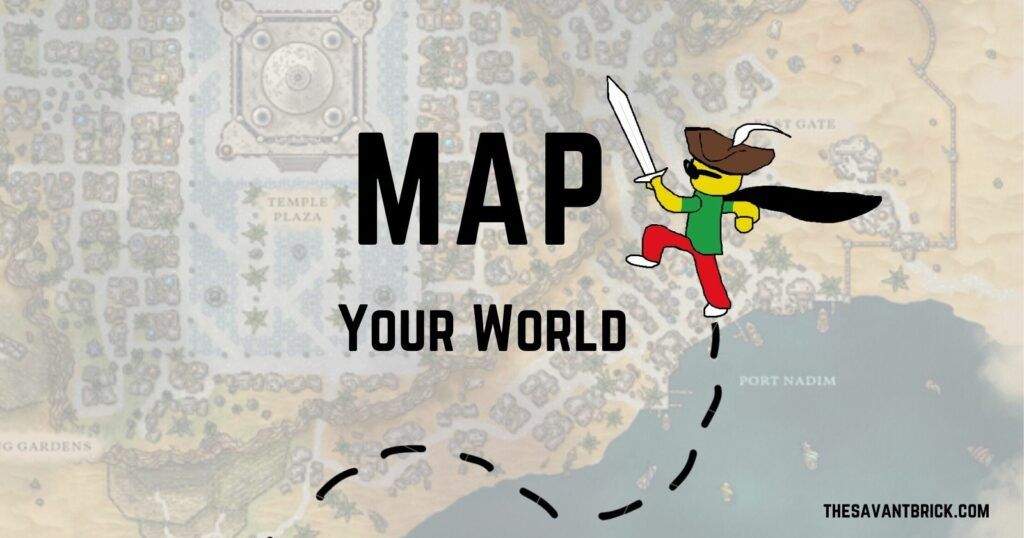
You can drop such places of interest all over the map, literally wherever you like. You can drop hints to your players that they exist, or have them come upon them naturally. The best part is, if the players never find them, you can take those places of interest and place them someplace later in your campaign, and they’ll be none the wiser.
Places of interest are basically the sauce of a good world. You don’t really need them – you can just go from quest to quest, or from important place to place – but intrigue makes the world feel alive. As if other people really live in it, and they’re not just formulaic cardboard cutouts waiting for players. They’re also good opportunities for distractions and mental breaks – if your story is mostly about fighting stuff, your players might appreciate delving into an old tomb full of puzzles once in a while, for example, or vice versa.
Take my advice and get started vitalizing your own world.
And while you’re here, let me know what has worked for you in the past, or what has not!
Want More Ideas to Springboard From?
Check out related posts in world building your own LEGO adventure!
